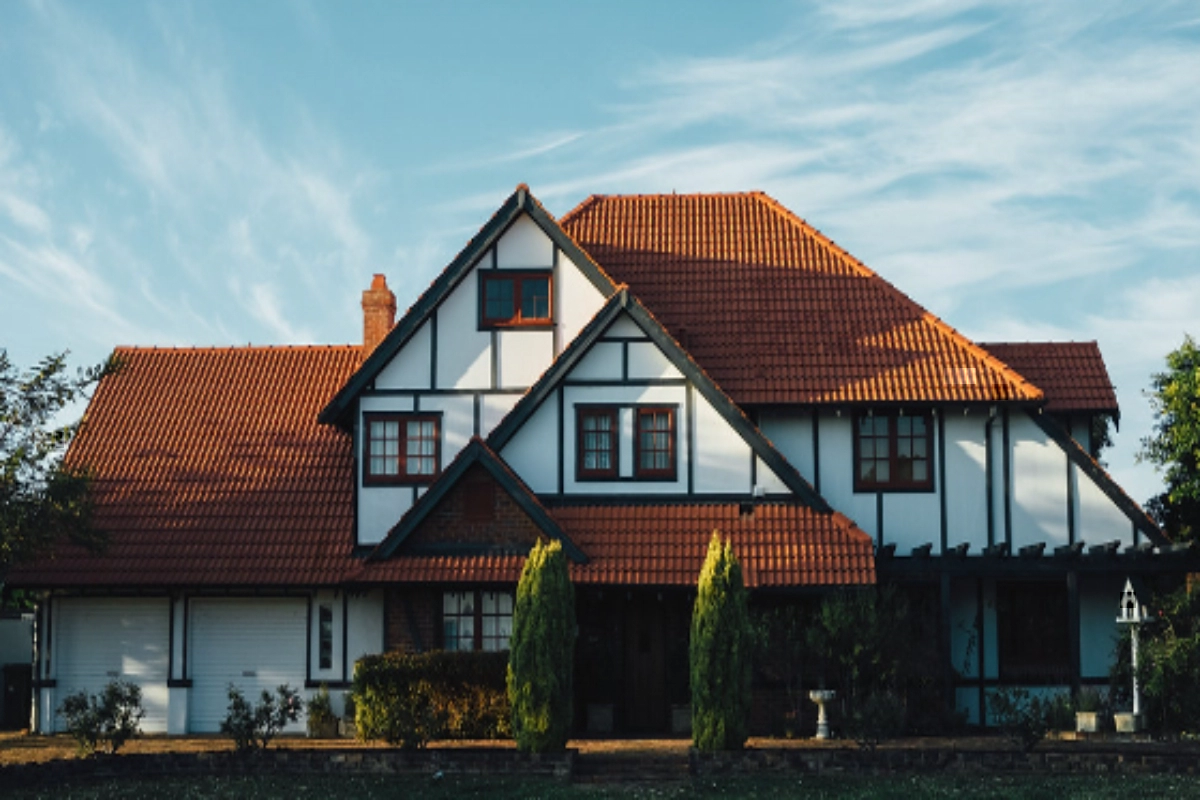Vastu Tips: Vastu expert Esha Goel recently shared on her Instagram some interesting facts about how roof design could affect energy and pointed to an important principle leading Vastu Shastra. Here is a tip explaining why, in traditional architecture, one finds dome-shaped roofs rather than flat roofs and how that influences energetic dynamics within your home.
The Negative Impact of Flat Roofs According to Vastu
In a recent post, Goel explained that the omission of a flat roof in temples is not an aesthetic accident but an intentional strategy. A flat roof represents the interfering hand of Rahu, a celestial body in Vastu said to bring forth negativity and chaos. The dome shape, present in various temples and houses in Europe, is said to nullify the evil effects of Rahu.
According to Goel, clutter on the flat roof can involuntarily trigger Rahu’s negative energies. She further said that people should keep their roofs clean and not let blockages accumulate there for the invitation of negative influence in one’s home. The fact that in temples, the roof is curved is a way of managing the energy of Rahu; it does not allow his energy to overpower the spiritual atmosphere of the place.
How European Roof Designs Align with Vastu Principles
She also related this to traditional mountain houses and European architecture where sloping roofs serve their purpose of not letting snow rest on them. Besides being functional, such design can align with the Vastu principles, too, in deflecting energies that may be unwanted.
Goel thereby points to the fact that not only does sensitive architecture serve as a means of achieving balanced energy within living spaces; also, Vastu tips can promote that endeavor. A homeowner, by trying to implement these Vastu tips in their homes, will be able to create an environment more balanced and positive, without the disrupting power of Rahu.


